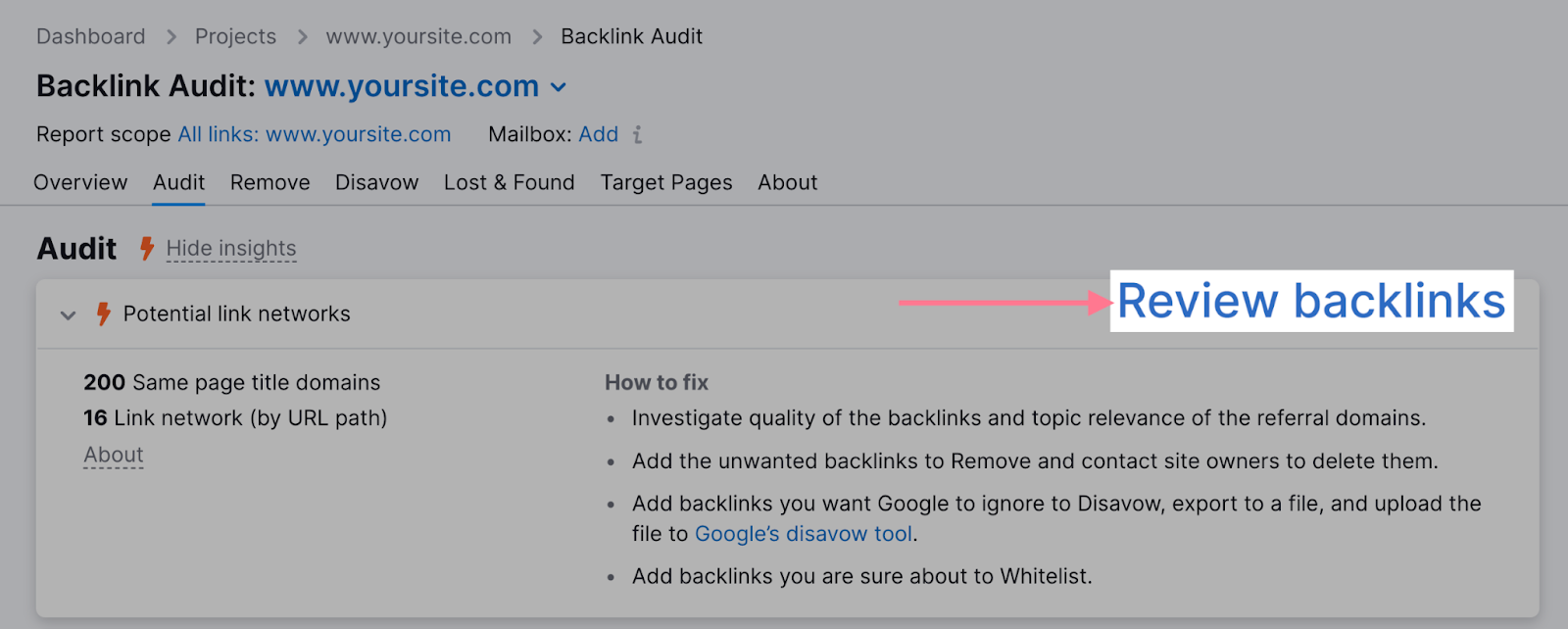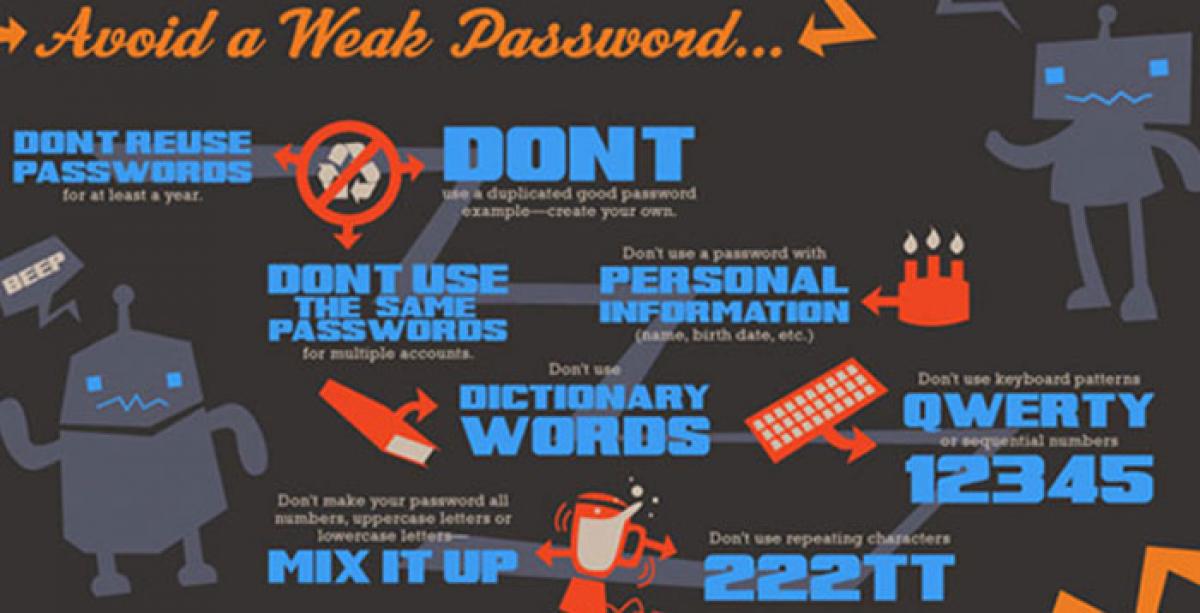All Categories
Featured
Table of Contents
- – What Is The Most Reliable Optimizing For Seman...
- – Top What Is Semantic Seo Deals Near Me
- – When Are The Top Semantic Seo Services Sales
- – When Is The Best Time To Buy Semantic Seo Con...
- – What Is The Ideal Semantic Seo Ranking Facto...
- – What Is The Most Affordable Semantic Search ...
- – Which Is The Top Semantic Search Ranking Imp...
The web is transforming, ending up being a lot more and extra semantic. Search engine optimization is likewise transforming and coming to be much more semantic. This is since search engines have actually developed and are relocating more and a lot more in the direction of reviewing web content on the internet. Obviously, that has additionally altered the means we create content, especially if we intend to rank much better in the internet search engine.
, the leader of the Net, talked of to represent the concept that all points in the universe are deeply interconnected. Intertwingularity is not normally acknowledged, individuals keep pretending they can make points deeply hierarchical, categorizable and sequential when they can't. Everything is deeply intertwingled. Based on the connections in between search intents, the internet search engine likes a content ready by computing the distance between the vectors of significance.
It permits you to see, starting from a subject, all the entities that belong to that subject. This means you can clearly see which entities/concepts/ideas have actually currently been covered on your site, and you can find brand-new opportunities by understanding what web content you can include and just how to produce it.
What Is The Most Reliable Optimizing For Semantic Search?
It has the ability to make your web content understandable for search engines on the one hand and for your audience on the various other. Structuring your material model highlights your web content and its underlying partnerships to ensure that internet search engine can acknowledge you among hundreds of pieces of details, making you more visible to customers that meet the search intent related to your business.
In semantic SEO copywriting, an editor begins with a more comprehensive variety of subjects and customizes the content to consist of semantically relevant terms and phrases that assist viewers comprehend a topic, comparable to reviewing web content in a wiki. From a web content creating viewpoint, one practical way to do this is to create a vocabulary of terms and concerns surrounding your target subject.
Top What Is Semantic Seo Deals Near Me
Find out more about by watching the by!.

Semantic search refers to the procedure of how search engines understand and match key phrases to a searcher's intent in natural search results. Before semantic search, search engines like Google operated like matchmakersaligning particular words in your query with those precise words on websites. The outcomes were straightforward but often lacked depth.
When Are The Top Semantic Seo Services Sales
It enables Google to offer fast, precise solution to search questions about real-world subjects. When you kind a query word into Google, you're not simply going into a series of words. You take advantage of an intricate internet of definitions and connections. Google's Expertise Graph sees these words as entities with context and connections.
When you look for "Apple," Google does not just see a word that defines a fruit. It identifies Apple as a firm and can supply associated information. It was Google's response to the rise of voice searches, where queries came to be much more conversational and nuanced.
When Is The Best Time To Buy Semantic Seo Content Strategies
By integrating NLP, Hummingbird enabled Google to move beyond plain keyword matching. It helped the search engine comprehend search intent, enhancing the probabilities that results would precisely match the factor behind a customer's search. As the 3rd essential ranking factor after web content and web links, RankBrain has boosted Google's semantic search capacities to recognize the definition of search questions.
Making it a lot more effective at taking care of never-before-seen search inquiries. RankBrain thinks about even more than simply keywords when evaluating a search query.
So it brings results that match the key words and align with the total intent of providing puppy training suggestions. And if the individual often searches for dog-related material, Google might prioritize a lot more in-depth training guidesrecognizing the customer's continuous passion in the topic. Integrating innovations like the Knowledge Graph, Hummingbird, and RankBrain, semantic search helps the Google algorithm translate and connect information across a huge internet of information.
What Is The Ideal Semantic Seo Ranking Factors Service To Use
The focus shifts from keyword selection to an all natural method including individual intent, topical relevance, and total user experience. Developing content that addresses the searcher's needs with thorough details can enhance your SERP rankings. Listed below, we lay out the trends and methods that combine the demand for semantically informed web content. Later, we provide workable pointers to transform these understandings into best methods.
And type of material can best satisfy their demands. A wider approach to material aligns much better with semantic search's shift far from exact keyword matching and towards individual intent. Which discusses the enhanced concentrate on topic collections, instead than specific keywords. Material that covers search queries more completely not only satisfies users.
UX intends to produce a visually attractive, user-friendly interface with engaging, high quality content that urges visitors to remain. Semantic search modern technology makes it possible for search engines to aim for results that provide the finest possible UX.
What Is The Most Affordable Semantic Search Engines Deal

All display Google's capacity to address a topic question thoroughly. By recognizing the context and intent behind customer queries, search engines can supply more pertinent info and possibly enhance user involvement. Customization in search results produces better UX.Based on your previous search background and choices as an individual, semantic search aids online search engine customize the results to fit your distinct requirements and interests.
It fetches outcomes that match the keywords and line up with the overall intent of providing young puppy training guidance. And if the customer often looks for dog-related content, Google could focus on a lot more detailed training guidesrecognizing the user's ongoing passion in the subject. Integrating innovations like the Knowledge Chart, Hummingbird, and RankBrain, semantic search assists the Google algorithm translate and connect information across a large internet of info.
Which Is The Top Semantic Search Ranking Improvements
The emphasis shifts from keyword option to an all natural strategy including customer intent, topical relevance, and total individual experience. Creating content that resolves the searcher's needs with detailed details can improve your SERP positions.

A more comprehensive method to material aligns better with semantic search's shift away from precise key words matching and toward customer intent. Web content that covers search questions much more completely not just satisfies users.
UX intends to develop an aesthetically appealing, easy to use user interface with engaging, top quality material that motivates visitors to remain. Semantic search technology allows search engines to aim for outcomes that supply the finest feasible UX.
All display Google's capability to address a topic query adequately. By recognizing the context and intent behind individual queries, online search engine can provide much more appropriate details and potentially raise customer involvement. Customization in search engine result makes for far better UX.Based on your past search background and preferences as a customer, semantic search aids internet search engine tailor the outcomes to fit your unique needs and interests.
Table of Contents
- – What Is The Most Reliable Optimizing For Seman...
- – Top What Is Semantic Seo Deals Near Me
- – When Are The Top Semantic Seo Services Sales
- – When Is The Best Time To Buy Semantic Seo Con...
- – What Is The Ideal Semantic Seo Ranking Facto...
- – What Is The Most Affordable Semantic Search ...
- – Which Is The Top Semantic Search Ranking Imp...
Latest Posts
What Is The Most Reliable Improving Rankings With Semantic Seo?
What's The Most Reliable Semantic Seo Tools Brand
The Leading Semantic Seo Audits To Get
More
Latest Posts
What Is The Most Reliable Improving Rankings With Semantic Seo?
What's The Most Reliable Semantic Seo Tools Brand
The Leading Semantic Seo Audits To Get